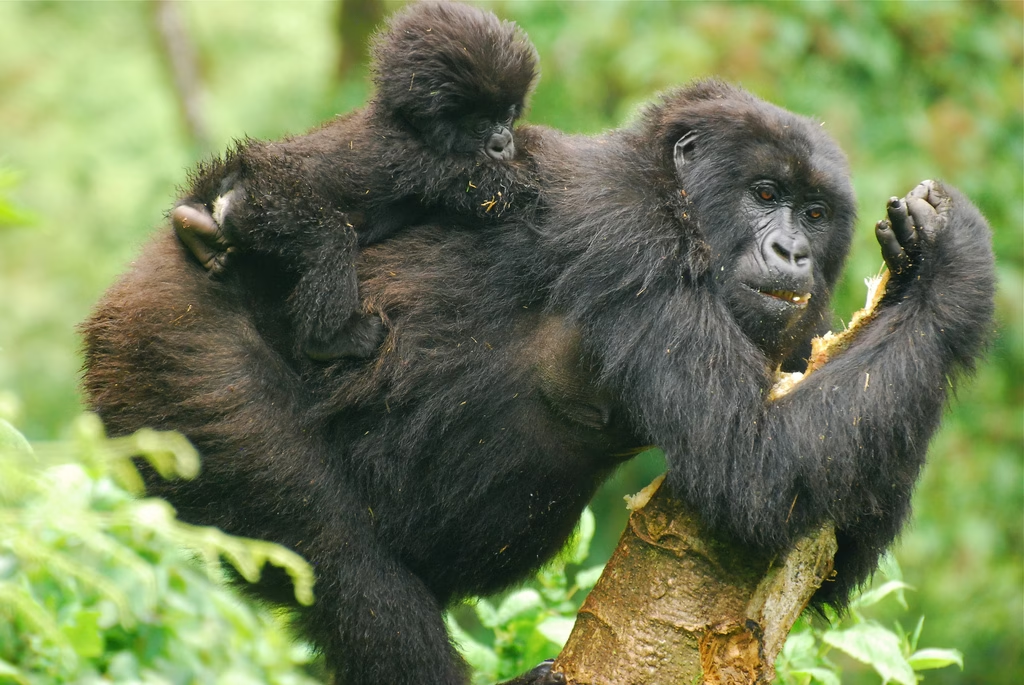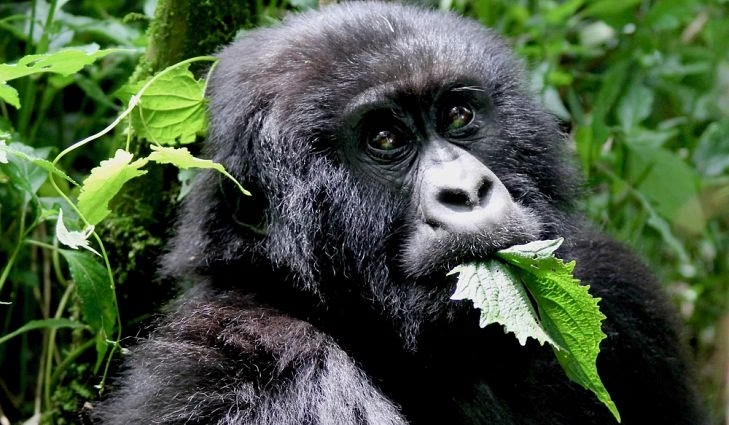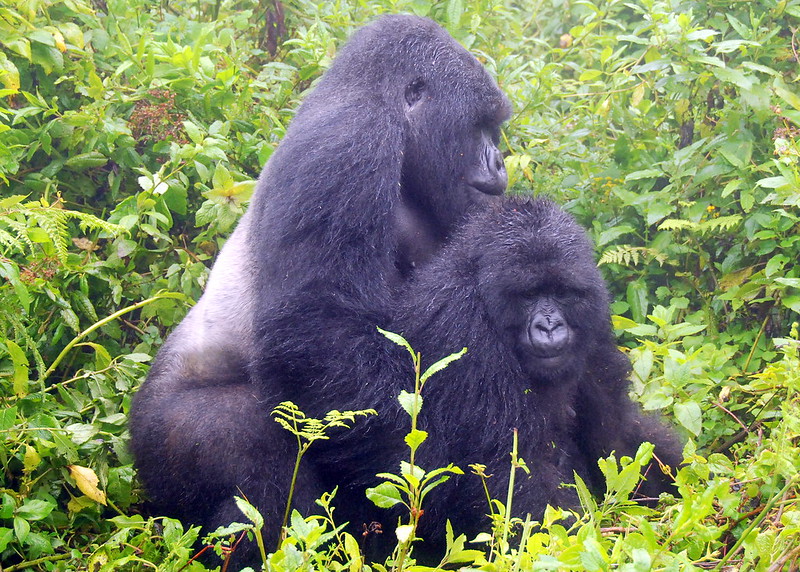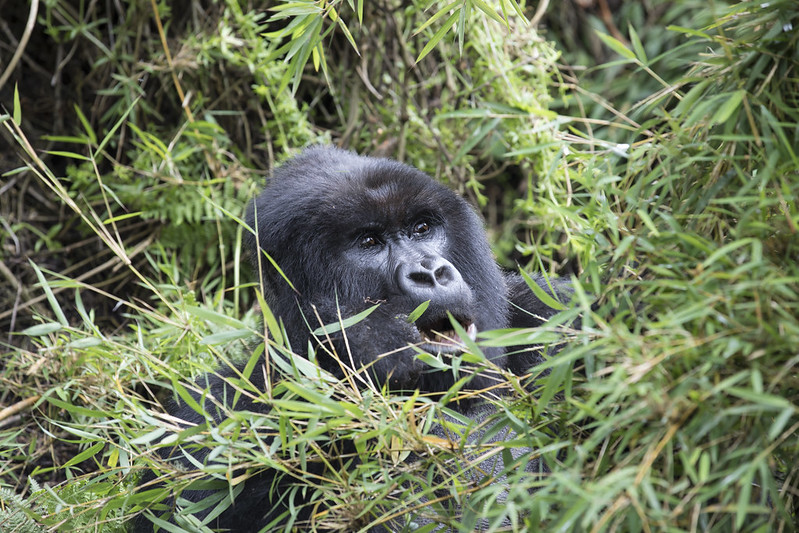
What Food Do Gorillas Eat?
What Food Do Gorillas Eat?
Gorillas are among the most fascinating and intelligent creatures in the animal kingdom. As our closest living relatives, they offer an extraordinary window into the natural world and our shared evolutionary past. One of the most captivating aspects of gorilla life is their diet. At GoGorilla Safaris, we are passionate about the conservation and understanding of these majestic primates. In this article, we explore the dietary habits of gorillas, uncovering what they eat, how they feed, and why it’s vital to their survival and well-being.
The Primary Diet of Gorillas
Gorillas are primarily herbivorous, meaning that most of their diet is plant-based. However, the exact makeup of their diet depends on their species, habitat, and the time of year. There are two main species of gorillas: the Eastern gorilla (which includes the Mountain gorilla) and the Western gorilla. While both species consume similar food types, there are slight differences based on their environment and available food sources.
Types of Food Consumed by Gorillas
Fruits
Gorillas love fruit. In fact, fruit is one of their favorite food sources when it’s available. They enjoy a variety of fruits including bananas, papayas, berries, and other sweet, fleshy varieties. Gorillas are selective fruit eaters, often choosing ripe fruits rich in natural sugars and vitamins. During the wet season when fruit is more plentiful, it becomes a major component of their diet, offering a quick energy boost.
Leaves and Stems
A significant portion of a gorilla’s daily intake consists of leaves, stems, and shoots. Young, tender leaves are preferred due to their higher nutritional value. Gorillas commonly feed on leaves from bamboo, wild celery, and various forest shrubs. Stems and shoots are high in protein and minerals, supporting their muscular build and active lifestyle.
Bark and Roots
In times when fruit and leaves are scarce, particularly during the dry season, gorillas turn to tougher food sources like bark and roots. Their powerful jaws and large molars allow them to chew through fibrous bark and tough roots with ease. These parts of plants, especially from species like wild ginger, provide fiber and essential nutrients that are critical for digestion and overall health.
Flowers
While not a staple, flowers are a delicacy in a gorilla’s diet. When in bloom, flowers provide key nutrients such as calcium, iron, and other trace minerals. Gorillas tend to consume them in small amounts, supplementing their primary diet and supporting bone and tissue development.
Insects
Though gorillas are largely vegetarian, they occasionally consume small insects such as ants and termites. These insects represent a minor but meaningful source of protein and trace minerals. Gorillas use their hands to break into termite mounds or ant nests, showcasing their intelligence and resourcefulness when foraging.
Dietary Habits and Feeding Behavior
Gorillas spend a substantial part of their day feeding. As diurnal animals, they are most active during daylight hours and typically have long feeding sessions that span several hours.
Foraging Strategies
Gorillas exhibit strategic foraging behavior, often traveling within a home range that covers several kilometers. Some groups are more stationary, especially in resource-rich areas, while others are nomadic in response to seasonal food availability. During the rainy season, their diet shifts to energy-rich fruits and tender greens, while the dry season pushes them to rely more on bark, roots, and tougher vegetation.
Social Eating and Group Dynamics
Feeding in gorillas is not just about sustenance—it’s also a social activity. Gorilla groups, or troops, are led by a dominant male known as the silverback. The silverback plays a vital role in directing the group to food-rich areas and ensuring that all members, especially the young and elderly, have access to resources.
Gorillas often feed in close proximity to one another, which helps strengthen social bonds and maintain group cohesion. In less competitive environments, individuals may even share food, demonstrating their complex social nature.
Nutritional Needs and Digestive Adaptations
Gorillas have evolved to process large quantities of fibrous plant material. Their digestive systems are specially adapted to break down cellulose, a component in plant cell walls that many animals cannot digest. Large molars and strong jaw muscles aid in grinding tough food into digestible pieces, while a large colon and extended gut help ferment and extract nutrients.
 Due to the slow digestion of plant matter, gorillas need to eat a lot. An adult male gorilla can consume between 30 to 40 kilograms (66 to 88 pounds) of food daily. This includes a mix of leaves, stems, fruit, bark, and occasional insects to meet their caloric and nutritional requirements.
Due to the slow digestion of plant matter, gorillas need to eat a lot. An adult male gorilla can consume between 30 to 40 kilograms (66 to 88 pounds) of food daily. This includes a mix of leaves, stems, fruit, bark, and occasional insects to meet their caloric and nutritional requirements.
Conservation Implications
Understanding the diet of gorillas is key to conserving them effectively. Habitat destruction through deforestation, agriculture, and human settlement is one of the biggest threats to gorilla populations. When their natural food sources are depleted, gorillas suffer from malnutrition, weakened immunity, and reduced reproductive success.
At GoGorilla Safaris, we support efforts aimed at protecting gorilla habitats and promoting eco-tourism that funds conservation initiatives. Ensuring that gorillas have access to their natural diet is vital to their long-term survival in the wild.


